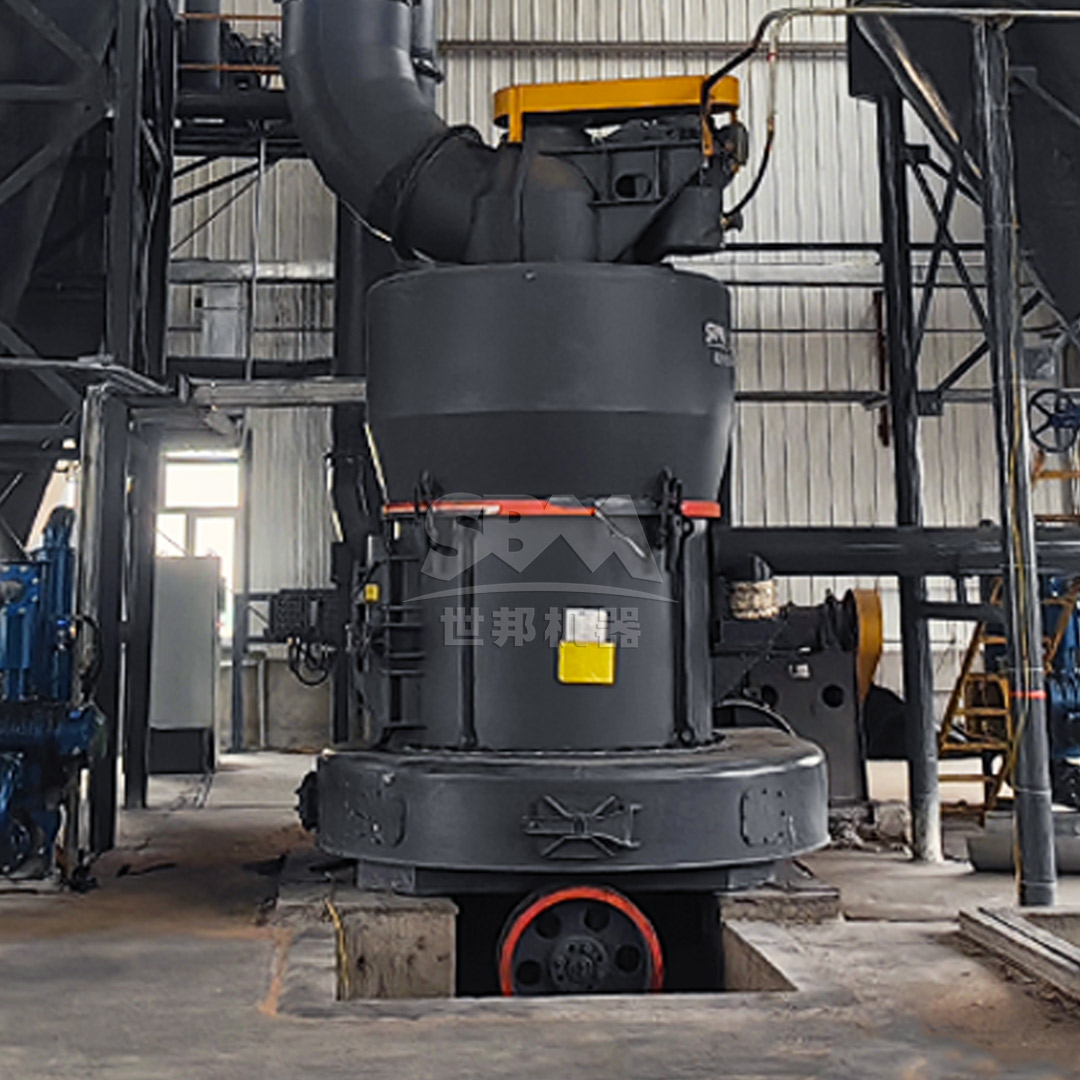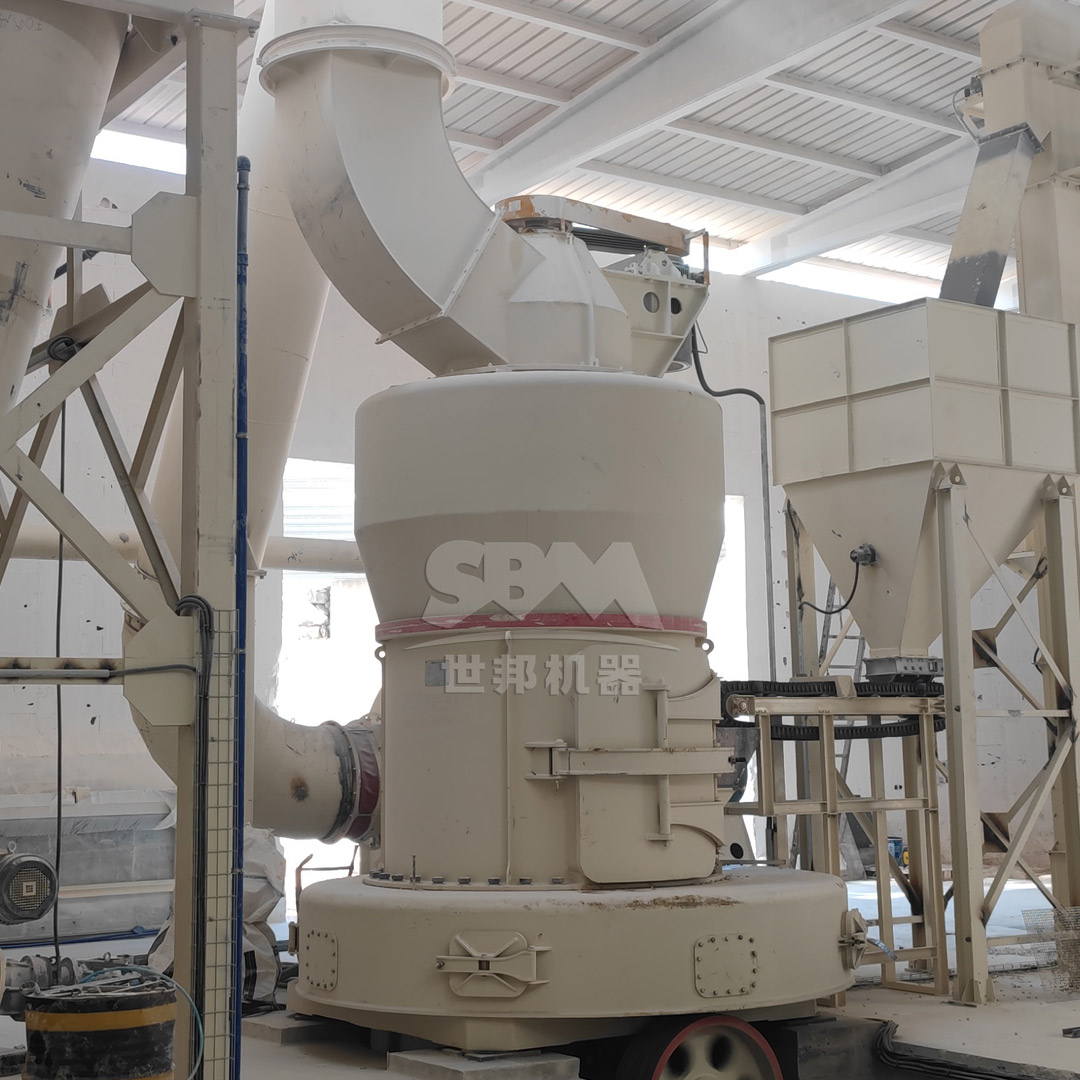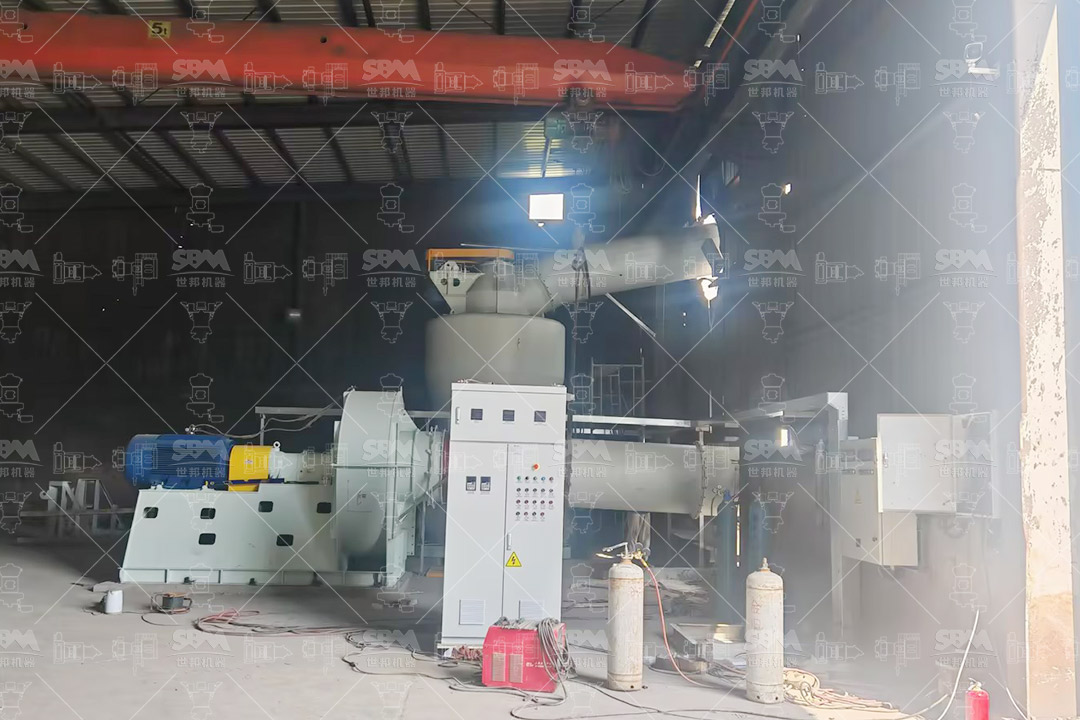Dolomite, a calcium magnesium carbonate mineral (CaMg(CO3)2), is a valuable industrial mineral with applications spanning construction, agriculture, glass manufacturing, and environmental remediation. The efficiency of dolomite processing is heavily dependent on the grinding stage, where raw dolomite is reduced to the required fineness. Optimizing this process requires a thorough understanding of several key parameters, including feed size, product fineness, energy consumption, and equipment selection. This article explores these critical factors and presents advanced grinding solutions to maximize productivity and minimize operational costs in dolomite processing plants.

The initial properties of dolomite significantly influence grinding efficiency. Key characteristics include:
The required product fineness is a primary determinant of equipment selection and operational parameters:
The relationship between fineness and energy consumption is exponential, with significantly higher power requirements needed to achieve ultrafine particles.
Energy costs typically represent 40-60% of total operating expenses in mineral processing. Key efficiency indicators include:
| Parameter | Impact on Efficiency | Optimization Strategy |
|---|---|---|
| Specific Energy Consumption (kWh/t) | Direct measure of grinding efficiency | Proper equipment selection and operational parameters |
| Circulating Load | Affects classification efficiency and power draw | Optimize classifier speed and air flow |
| Grinding Media Wear | Impacts operating costs and product contamination | Select appropriate wear-resistant materials |
| Mill Throughput | Balance between production rate and product quality | Optimize feed rate and grinding pressure |
Choosing the right grinding equipment is paramount for dolomite processing efficiency. Key considerations include:

For applications requiring ultrafine dolomite powders (325-2500 mesh), the SCM Ultrafine Mill represents a technological breakthrough. This system combines innovative grinding principles with precision classification to deliver exceptional performance in dolomite processing.
Key Advantages for Dolomite Grinding:
The SCM series operates on a multi-layer grinding principle where dolomite feed (≤20mm) is centrifugally distributed across grinding tracks, undergoing progressive size reduction through roller compression across multiple layers before final collection via cyclone separators and pulse dust removal systems.
With models ranging from the SCM800 (0.5-4.5 t/h, 75kW) to the high-capacity SCM1680 (5.0-25 t/h, 315kW), operations can select the ideal configuration for their specific dolomite processing requirements.
For dolomite applications requiring medium to fine powders (30-325 mesh), the MTW Series Trapezium Mill offers an optimal balance of capacity, efficiency, and operational economy. With throughput capacities ranging from 3-45 tons per hour, this system efficiently processes dolomite feed materials up to 50mm in size.
Technical Innovations Benefiting Dolomite Processing:
The MTW operating principle involves main motor-driven grinding rollers revolving around the central axis while simultaneously rotating to generate centrifugal force. Shovels propel dolomite into the space between grinding rings and rollers, creating material beds that undergo efficient compression grinding, with integrated classification systems precisely controlling final product fineness.
Available in multiple configurations including the MTW110 (3-9 t/h, 55kW) through to the high-capacity MRN218 (15-45 t/h, 280kW), the MTW series provides scalable solutions for diverse dolomite processing operations.
Modern grinding systems incorporate advanced automation to maintain optimal operating conditions:
Efficient classification is essential for maximizing grinding circuit performance:
Given dolomite’s moderate abrasiveness, effective wear management extends component life and maintains product quality:
| Component | Wear Considerations | Optimal Materials | Expected Service Life |
|---|---|---|---|
| Grinding Rolls | High-pressure abrasion | High-chrome cast iron | 6,000-8,000 hours |
| Grinding Rings/Tables | Composite abrasion/impact | Ni-hard cast iron | 8,000-10,000 hours |
| Classifier Blades | Particle erosion | Ceramic composites | 12,000+ hours |
| Shovels/Scrapers | High-impact abrasion | Hard-faced steel | 4,000-6,000 hours |

The selection of grinding equipment represents a significant capital investment, making thorough economic analysis essential. Key factors include:
Modern systems like the SCM Ultrafine Mill and MTW Trapezium Mill demonstrate compelling return on investment through their combination of energy efficiency, reduced maintenance requirements, and ability to produce higher-value products that command market premiums.
Optimizing dolomite grinding efficiency requires a holistic approach that considers material characteristics, target product specifications, equipment capabilities, and economic factors. The selection of appropriate grinding technology is paramount, with advanced systems like the SCM Ultrafine Mill and MTW Series Trapezium Mill offering distinct advantages for specific application requirements. By implementing the optimization strategies outlined in this article and leveraging modern grinding technologies, operations can significantly enhance productivity, reduce operating costs, and improve product quality in dolomite processing applications.
As market demands continue to evolve toward finer specifications and tighter particle size distributions, the importance of selecting and properly configuring grinding equipment will only increase. Operations that invest in understanding and optimizing these key parameters will be best positioned to compete effectively in the global dolomite market.